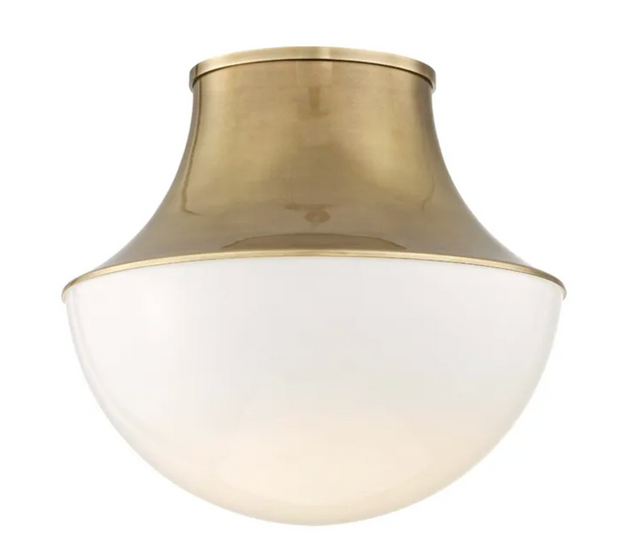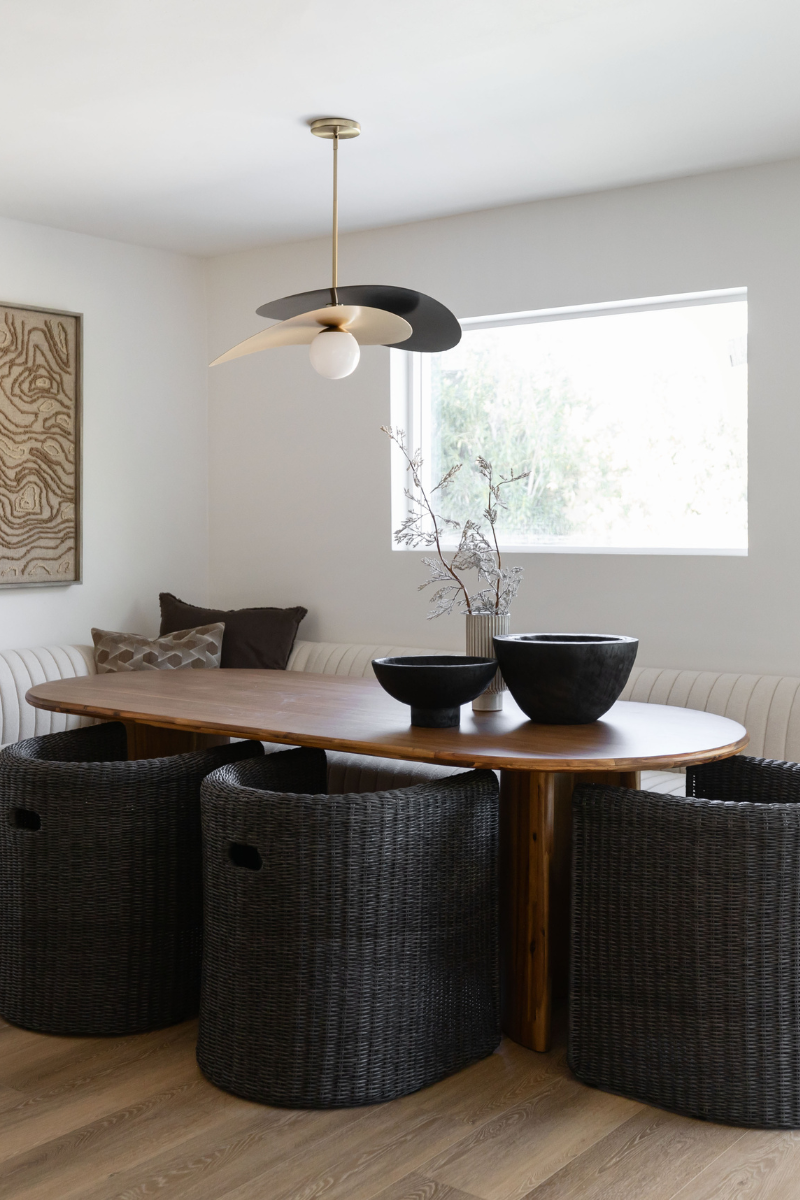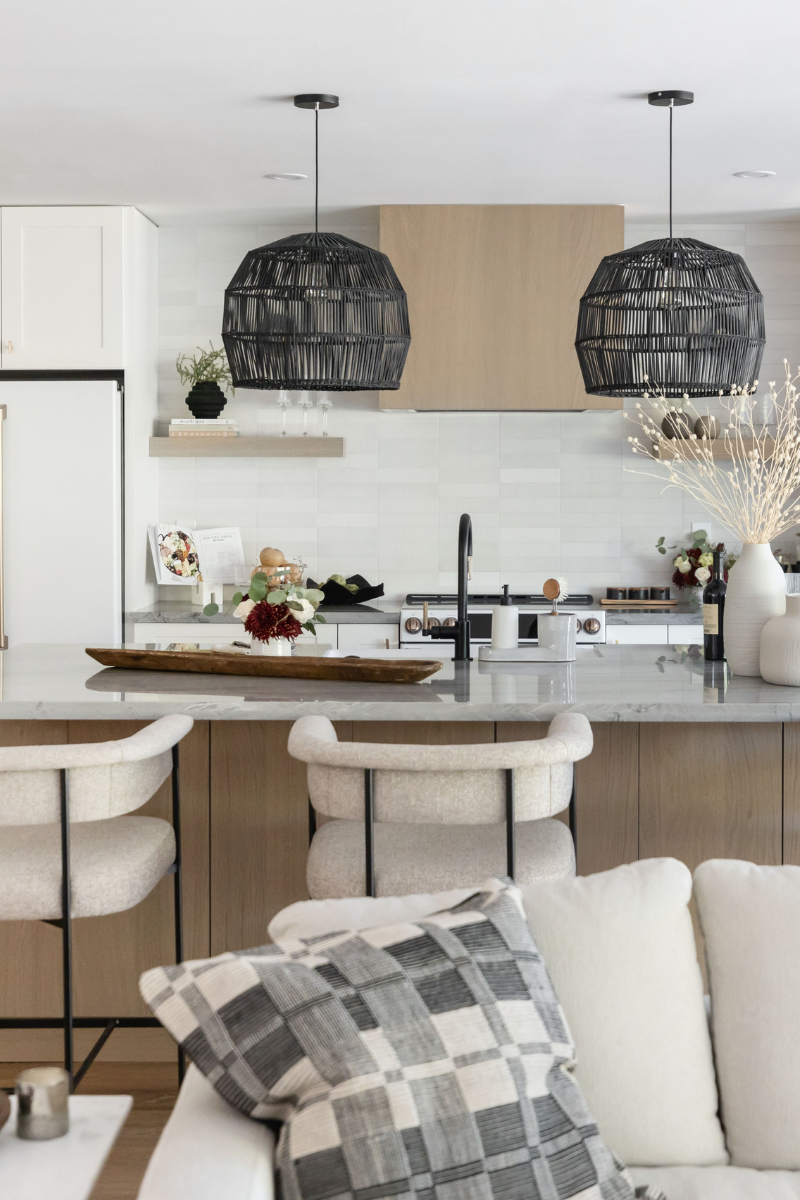How To Light Your Home - Our Top Lighting Tips
- vfrost8
- Jan 20, 2023
- 4 min read
When it comes to designing the lighting plan for your home, the possibilities are endless! From creating an atmosphere of warmth and coziness to making a room feel bigger and brighter, the right lighting fixtures can do wonders. We're here to help guide you through this journey and make sure you get the perfect lighting design for your home. So join us today as we share our best tips on how to elevate the lighting in your home!

Know Your Lighting
When it comes to lighting up your home, ambient lighting is the most common type of illumination. Recessed lighting in the kitchen, chandeliers above the dining table - ambient lights can add both style and functional lighting throughout your home. Accent lighting is great for bringing attention to a particular feature or object. Think spotlights that direct light onto artwork or glossy tiles in the bathroom - accent lights are a great way to make a statement. Finally there's task lighting – think desk lamps, under cabinet lighting in the kitchen and sconces in the bedroom - designed to help you clearly see what you're doing. Each type of light has its own purpose but used together they can create an incredible lighting design!
Make A Plan
In my experience, I have witnessed many missteps when it comes to lighting design. Omitting accent lighting, failing to leave enough room for recessed lights, not including statement pieces and incorrectly placing fixtures can all be issues that arise without a plan in place. A well-designed lighting plan is so important if you want to avoid such mistakes!
I like to create a lighting plan when sourcing furniture and accessories. As I take this approach with my clients, I follow three key criteria to ensure that the plan works. First and foremost, I make sure that all the selections within the home are unique but still complement each other. Secondly, I consider ambient lighting as the base layer and then layer in specific accent and task lights according to the room's purpose. Lastly, I prioritize function over anything else; the light switches need to be strategically placed for seamless use. A carefully planned and well-thought-out lighting design has a transformative effect on any space!
As you think about which light fixtures to add to your home, take into account the following design tips:
Make a statement - Don't be afraid of making a bold statement with an eye-catching light fixture. However, keep in mind the size of the room; selecting one that matches its scale will create balance and harmony.
Mix it up - Bring dimension to your room by pairing varying finishes on light fixtures and other elements of the space. For example, an ultra-modern fixture in a traditionally decorated area will create an eye-catching contrast.
Create a Mood - Illuminate your home with a melange of light sources! From pendants and sconces, to lamps and ceiling fixtures, you can set the perfect mood day or night. With multiple layers of lighting throughout, you will have the ability to tailor your ambiance for any occasion.
Invest - Good lighting is an investment, but it's worthwhile and makes all of the difference!
If you're looking for the perfect lighting fixtures for your home, check out our top picks in the DITD Shop. You’ll find an array of options conveniently sorted into categories.
Hang Your Lights the Right Way
When it comes to hanging pendants and chandeliers, proper installation is key! We want to help, so we've created a Light Hanging Guide packed with helpful tips. Click here to download yours now - all that's required is subscribing! Here are some key measurements to keep in mind:
Pendants
For hanging pendants above a kitchen island, they should be hung so that the bottom of the pendant is 30 to 36 inches above the island. You should also have at least 6 inches from the edge of the island to the pendant, and look to maintain a minimum spacing of 30 inches between the pendants.
Chandeliers
For hanging chandeliers above a dining table, a general rule of thumb is to hang the fixture three feet (36 inches) above your table or six feet (72 inches) off the floor. We recommend bringing them up a bit and hanging your fixtures six and a half feet to seven feet (78 to 84 inches) from the floor to obtain a more modern feel.
For chandeliers in a living area, you will want at least seven feet of clearance below the chandelier. If you have a ceiling height higher than eight feet, you can increase the height by three inches for each additional foot.
Create an impressive aesthetic in your home with a well-thought out lighting plan. Layer various types of accent and task lighting, add eye-catching fixtures for drama, and prioritize quality to maximize the transformation. Furthermore, proper installation is essential to ensure that all of your carefully selected pieces reach their full potential!
If you need extra help picking out lights for your home, check out our design dilemma consult service. In 90 minutes, I can help you develop a lighting plan that will transform your space.





































Comments